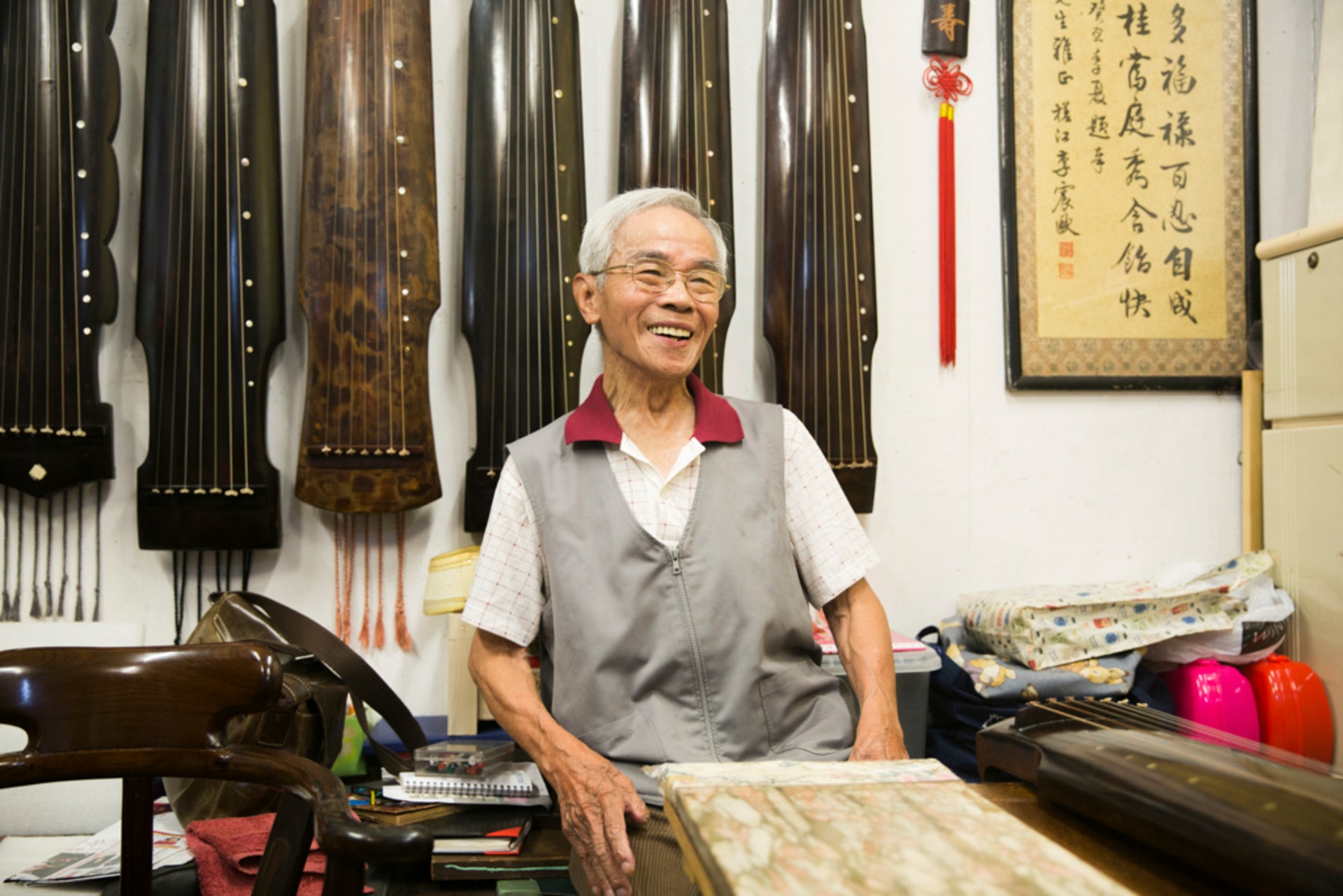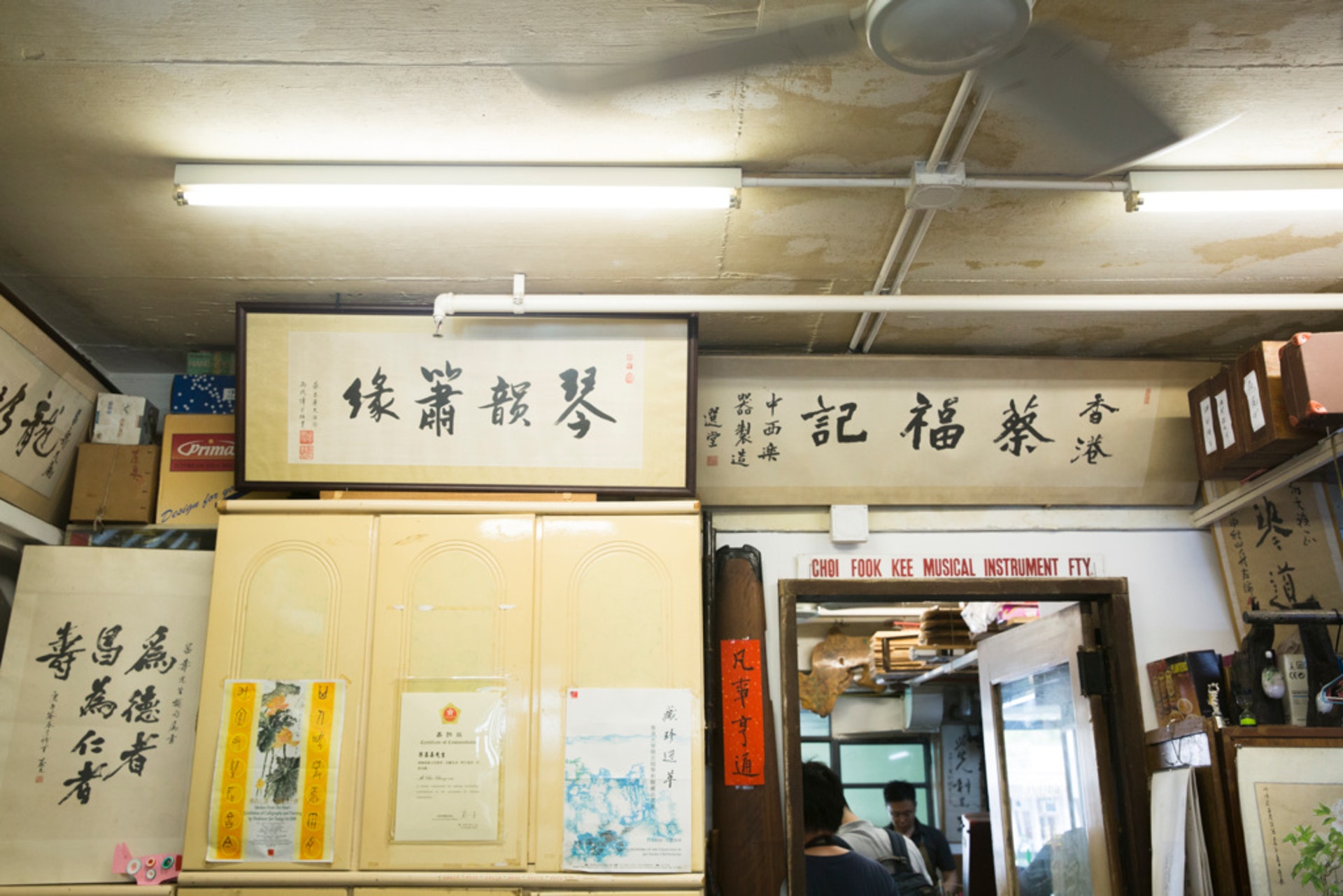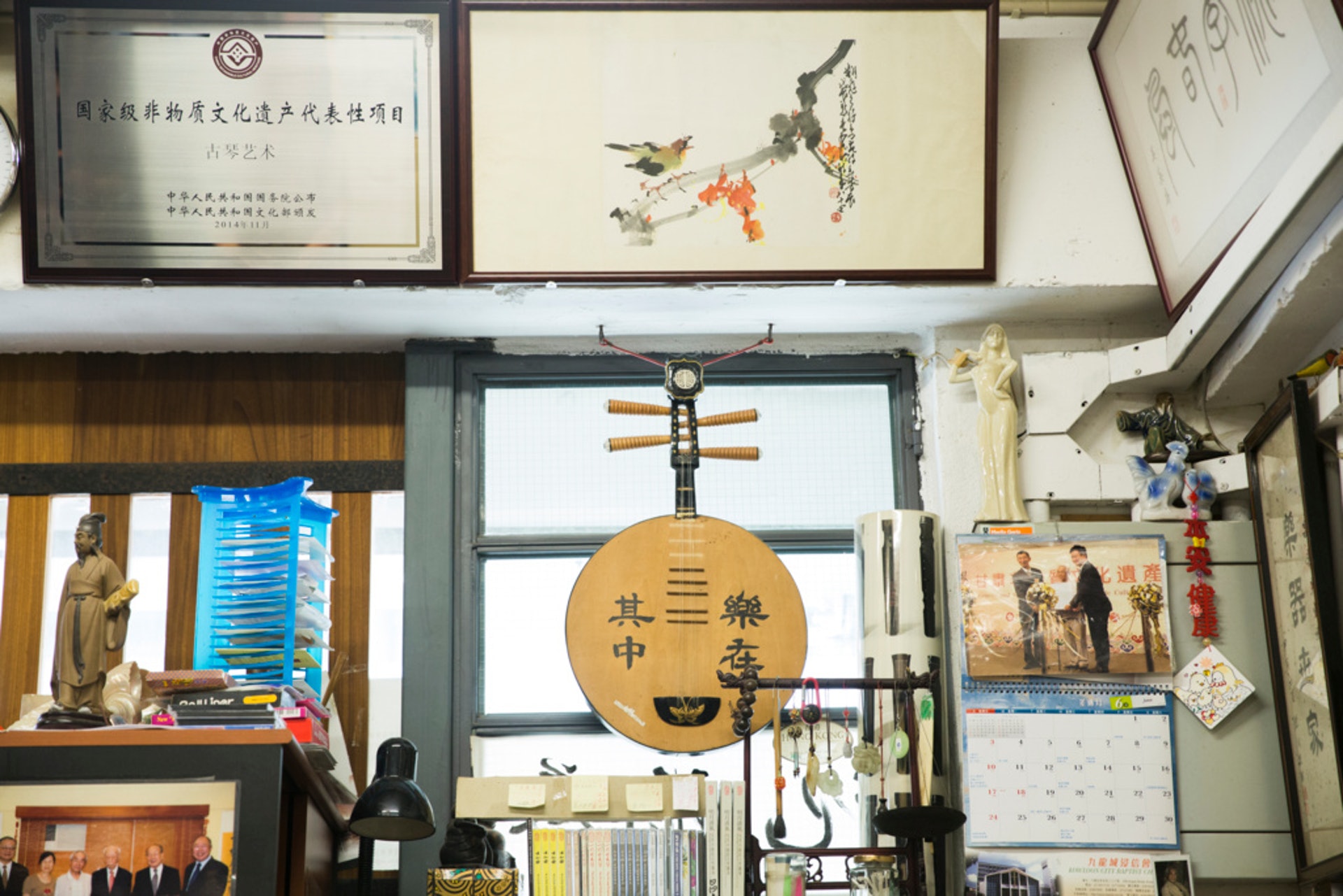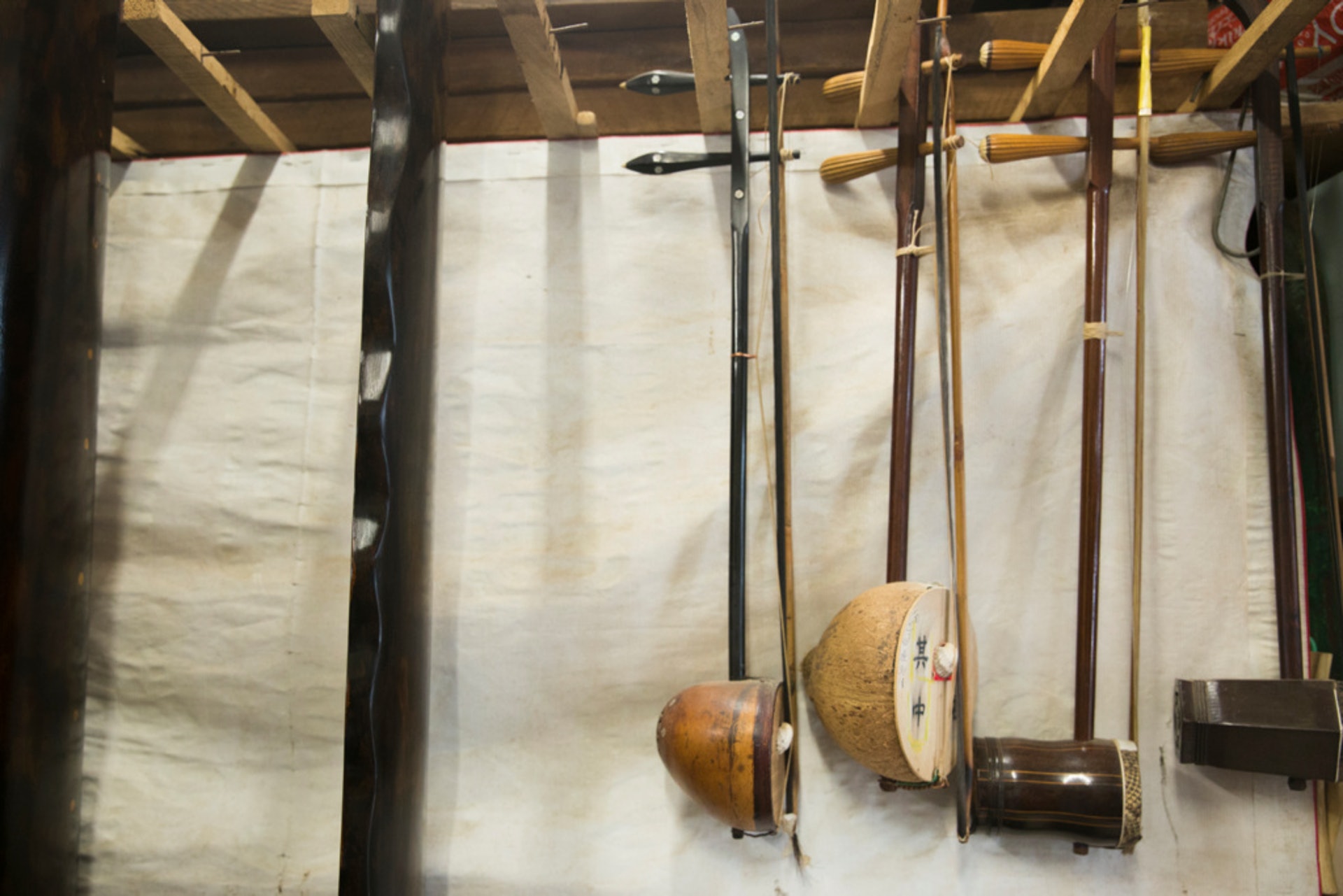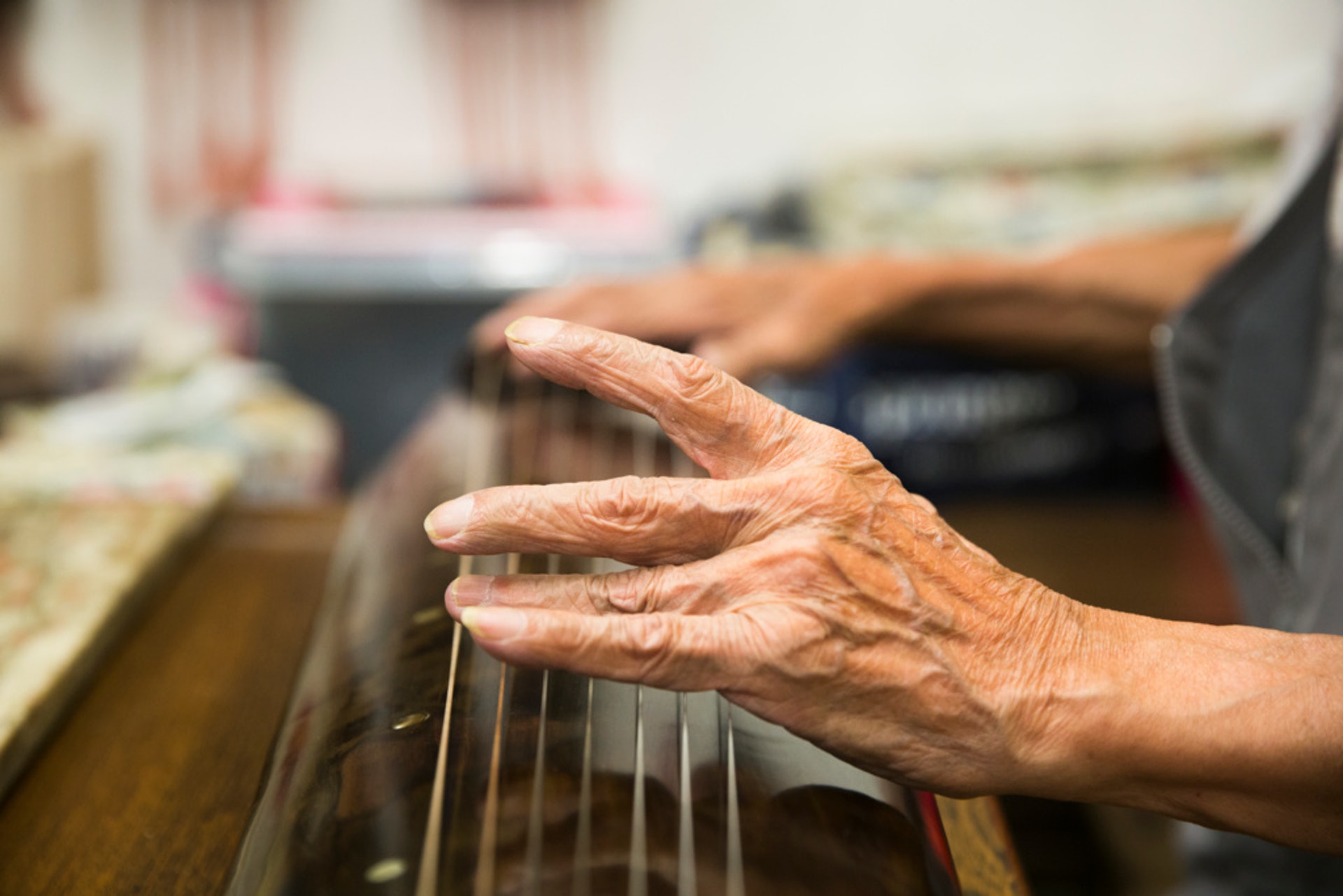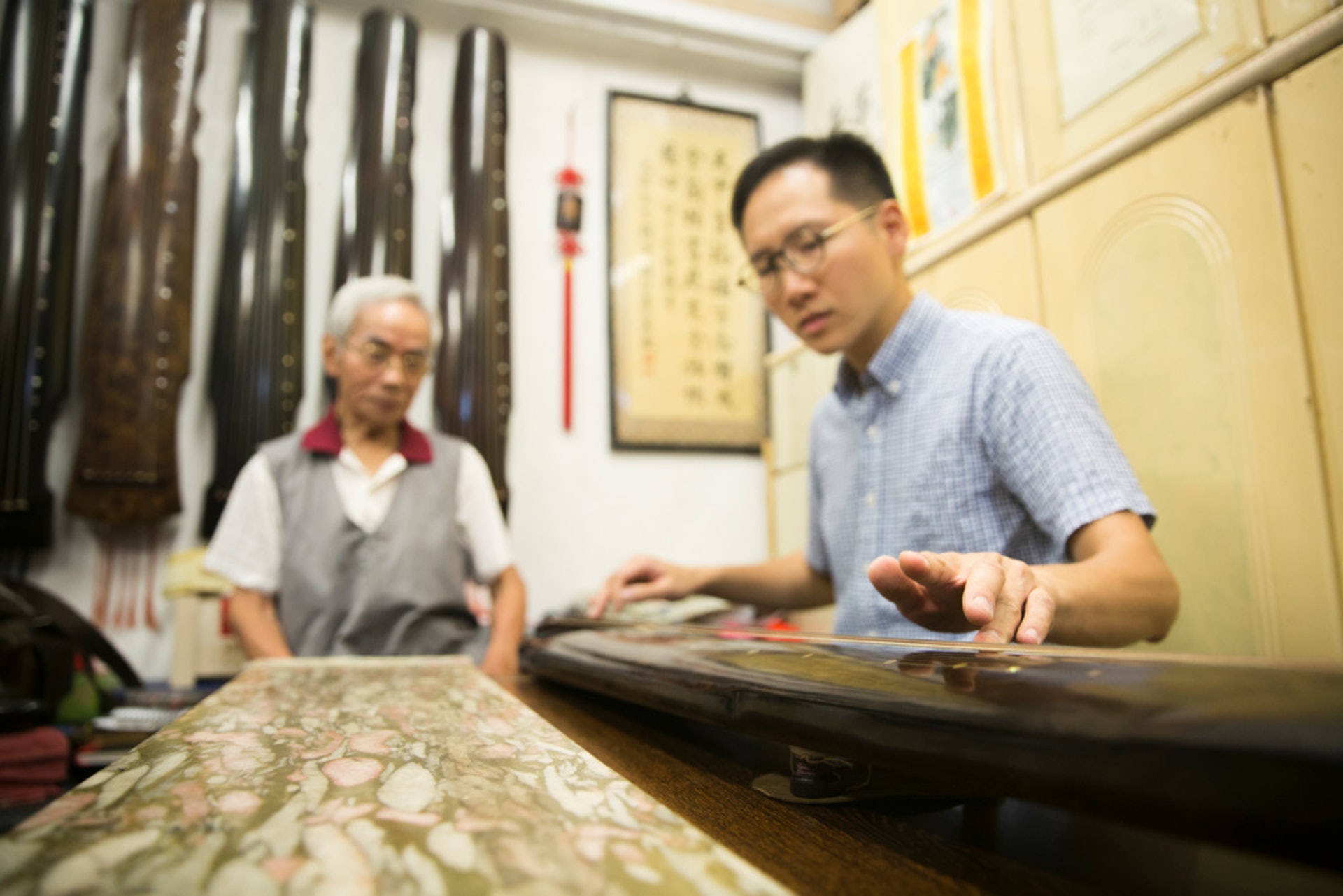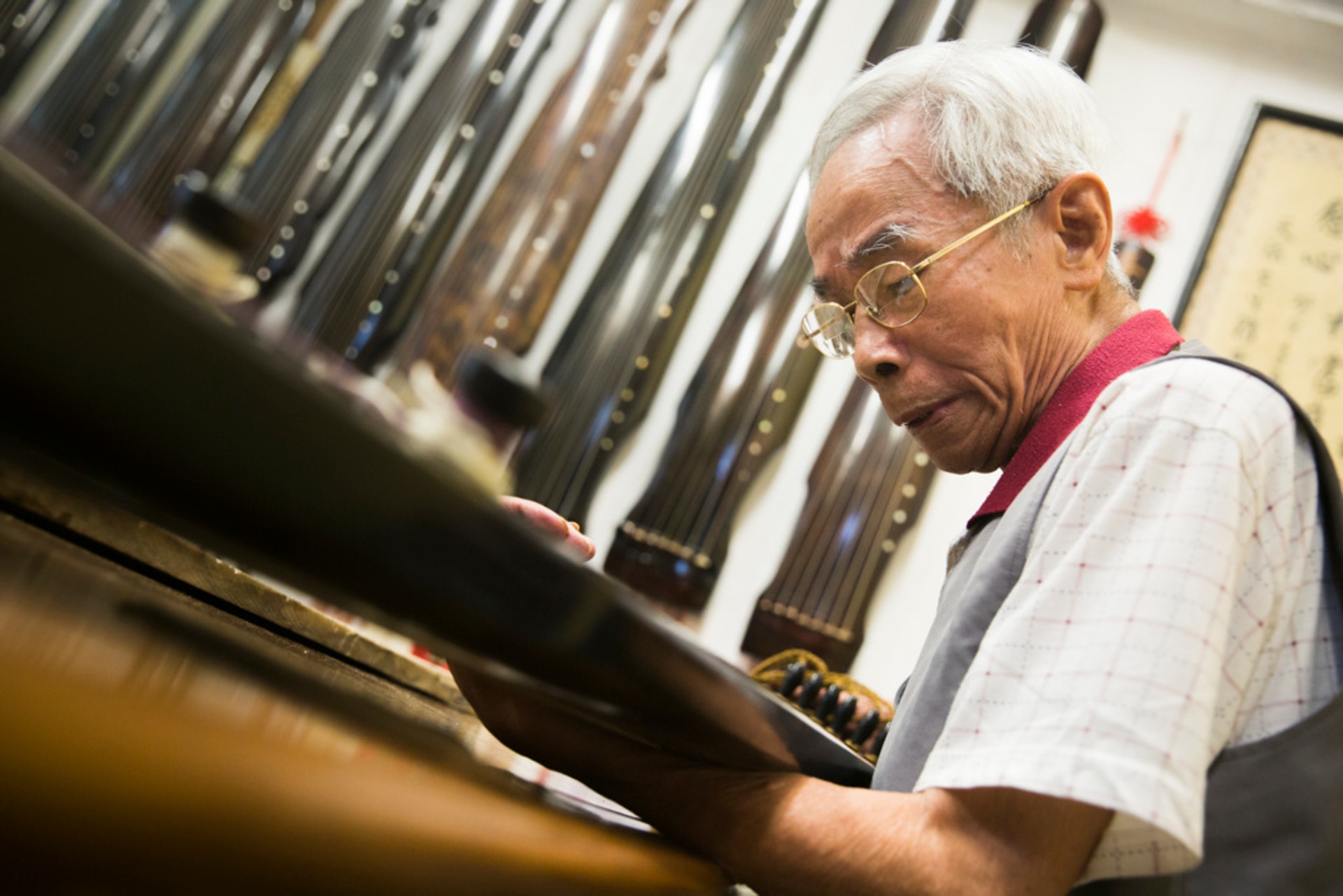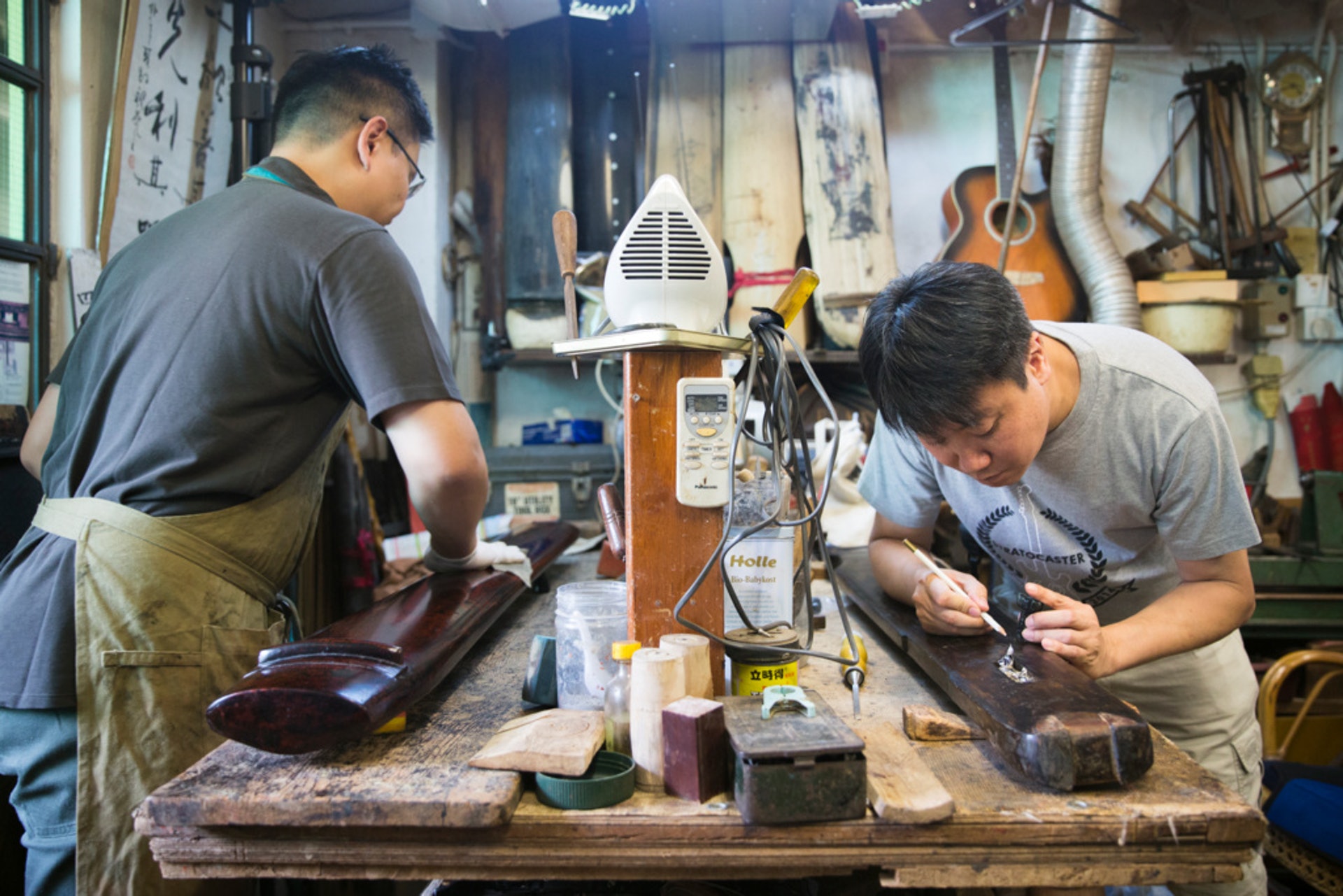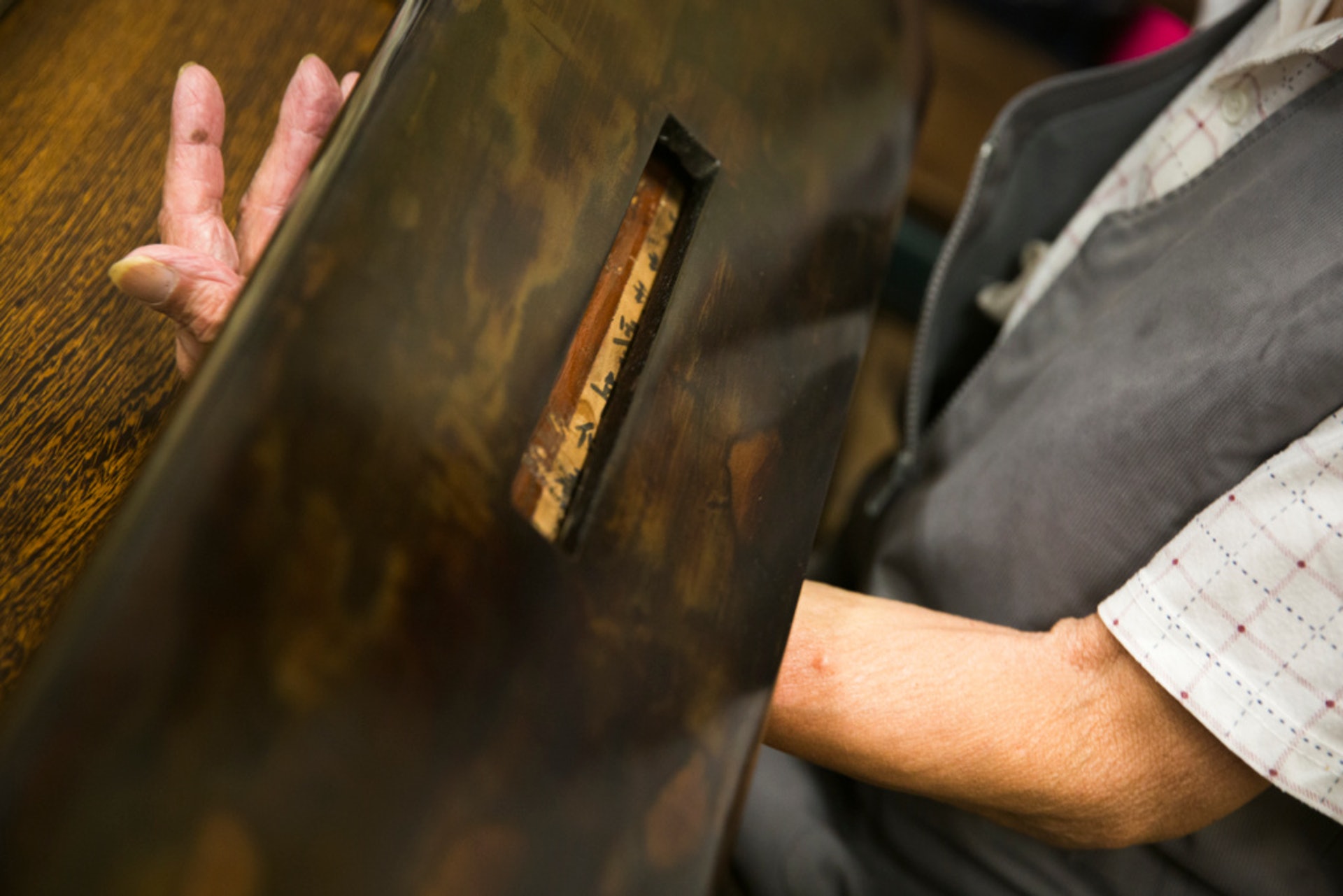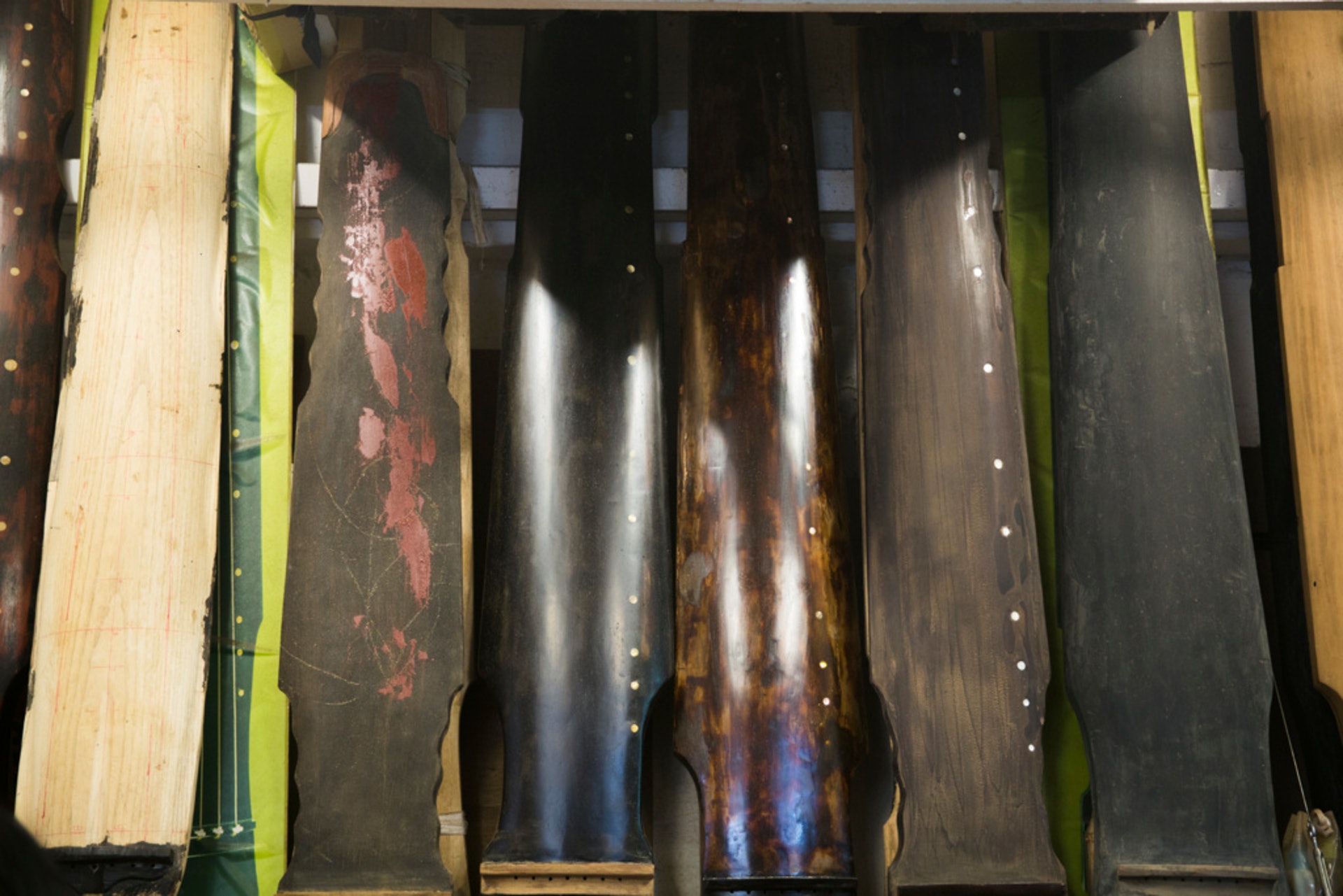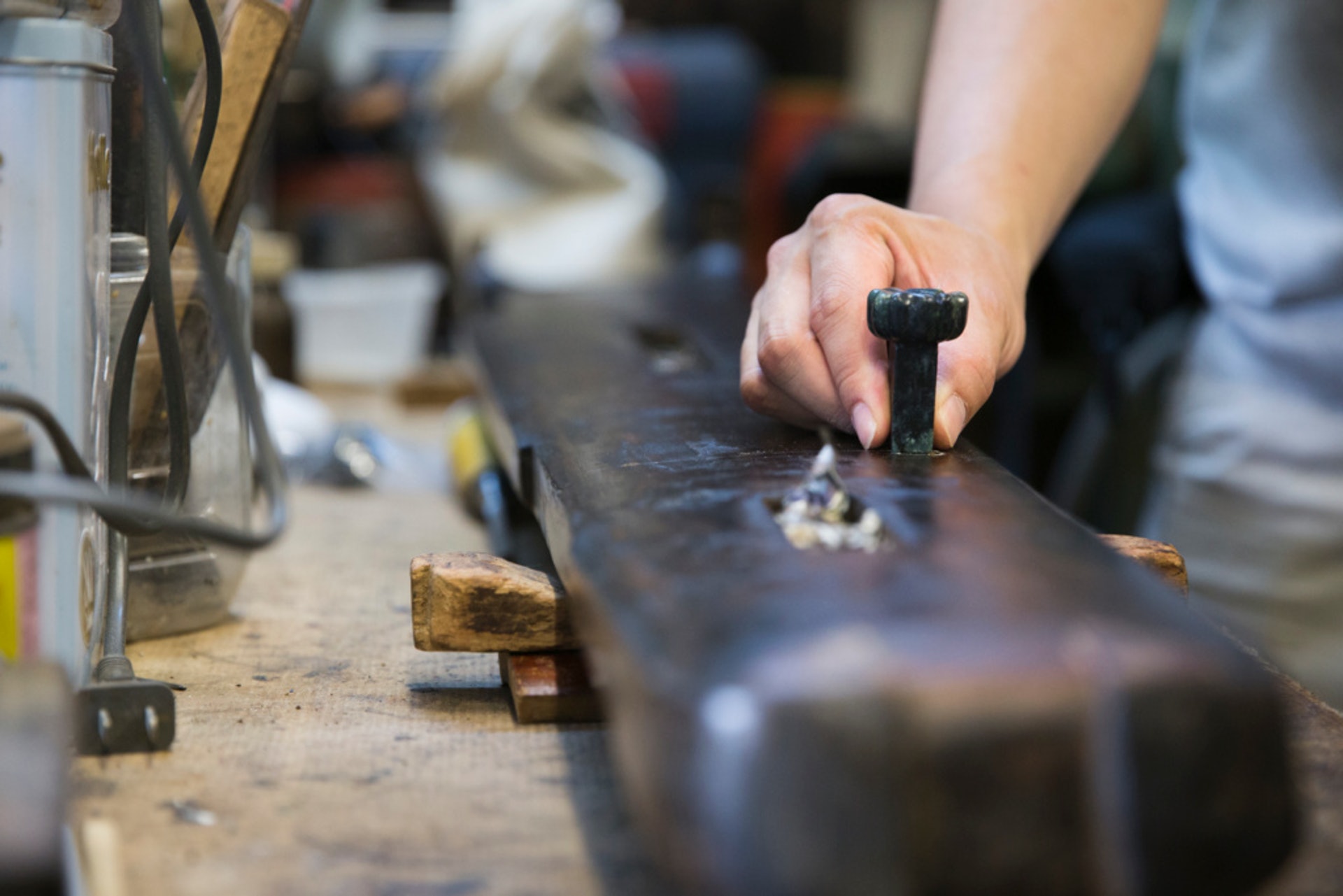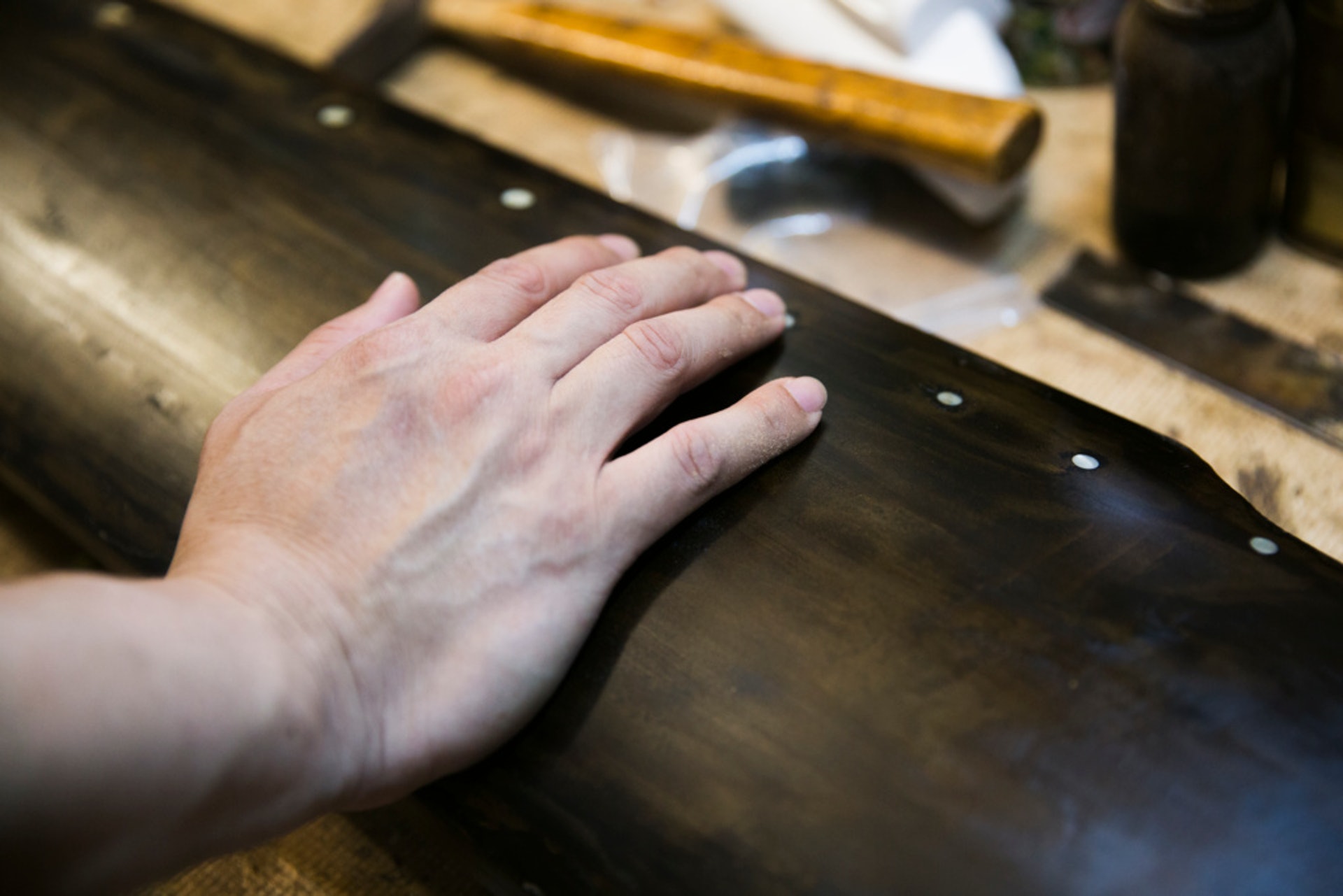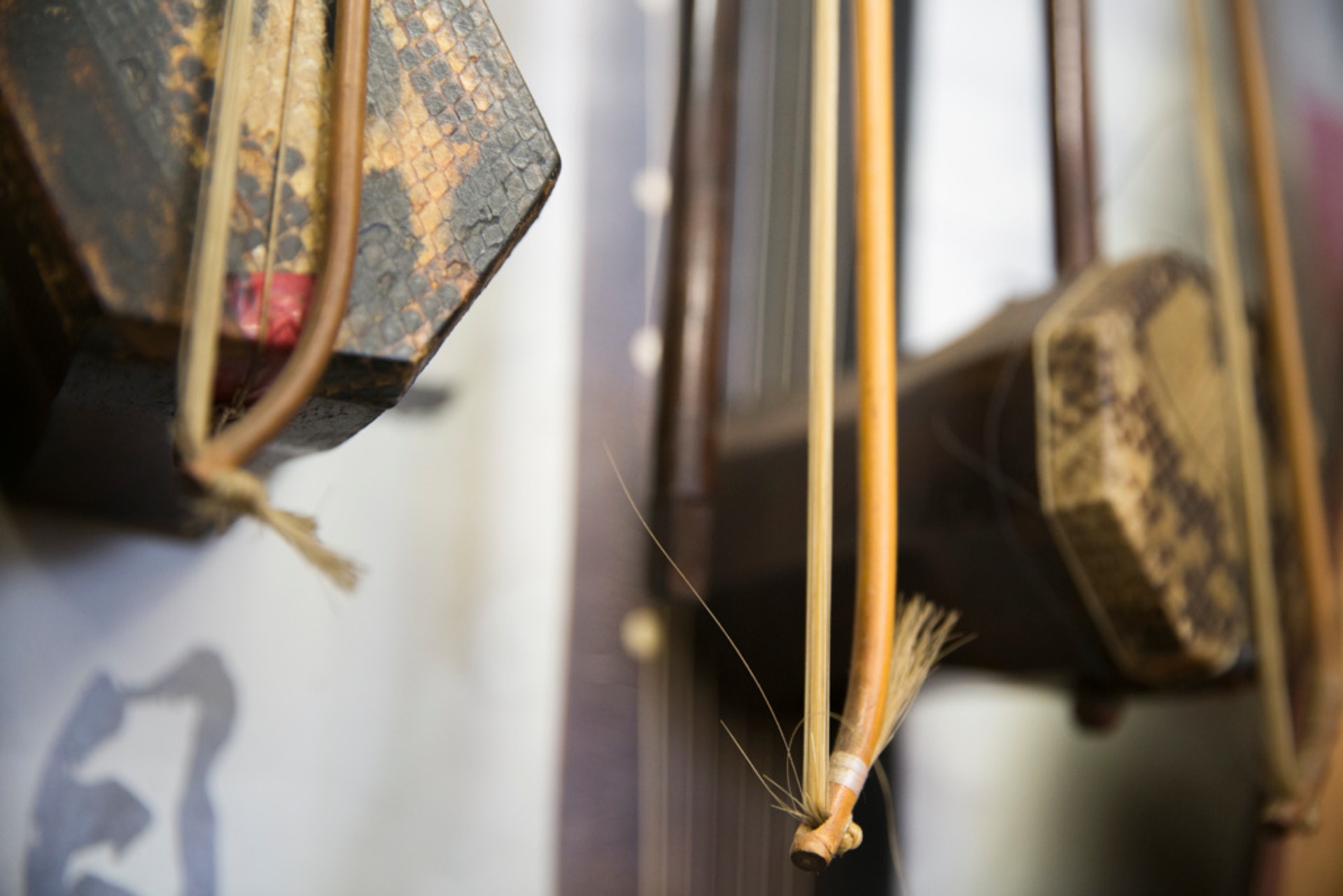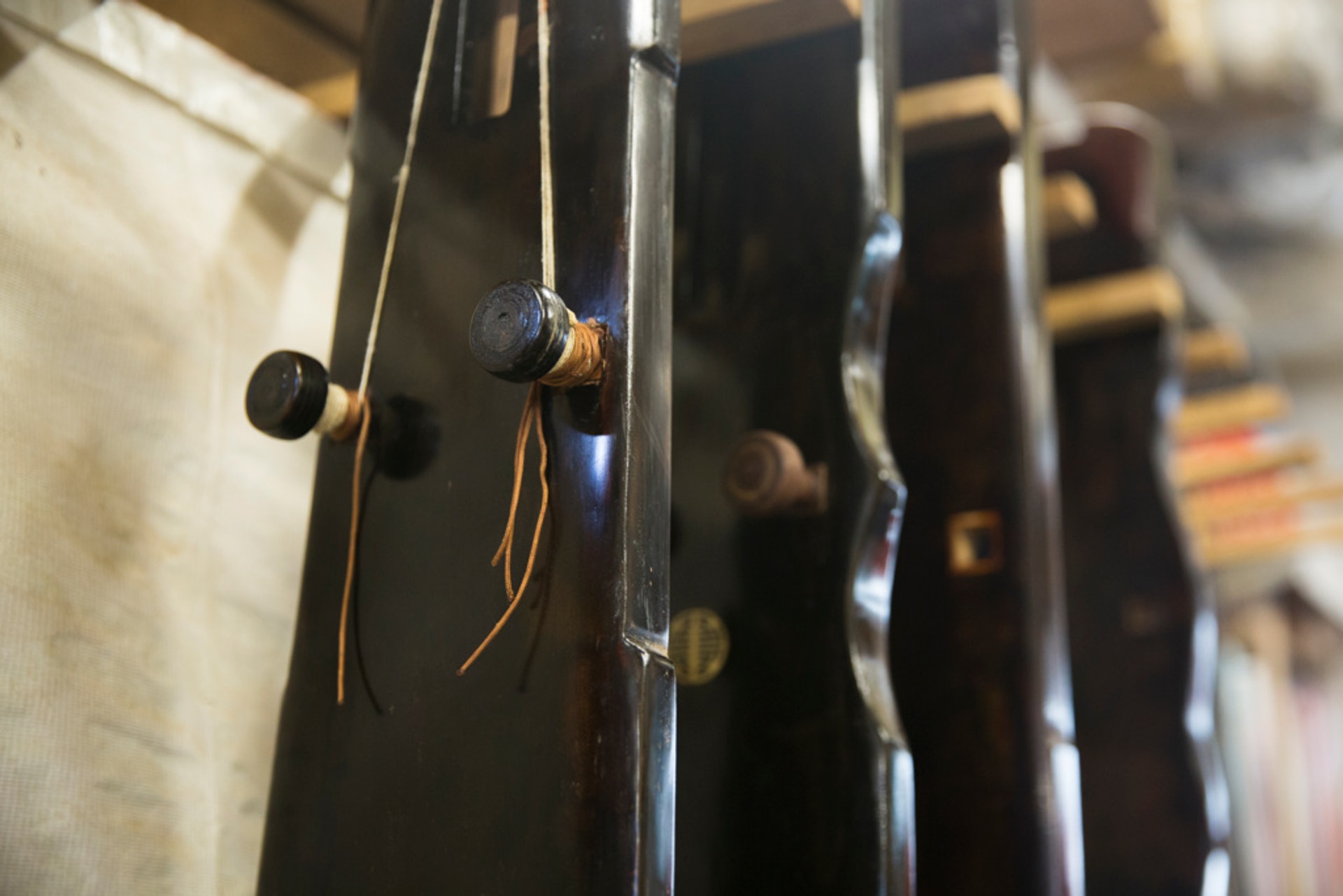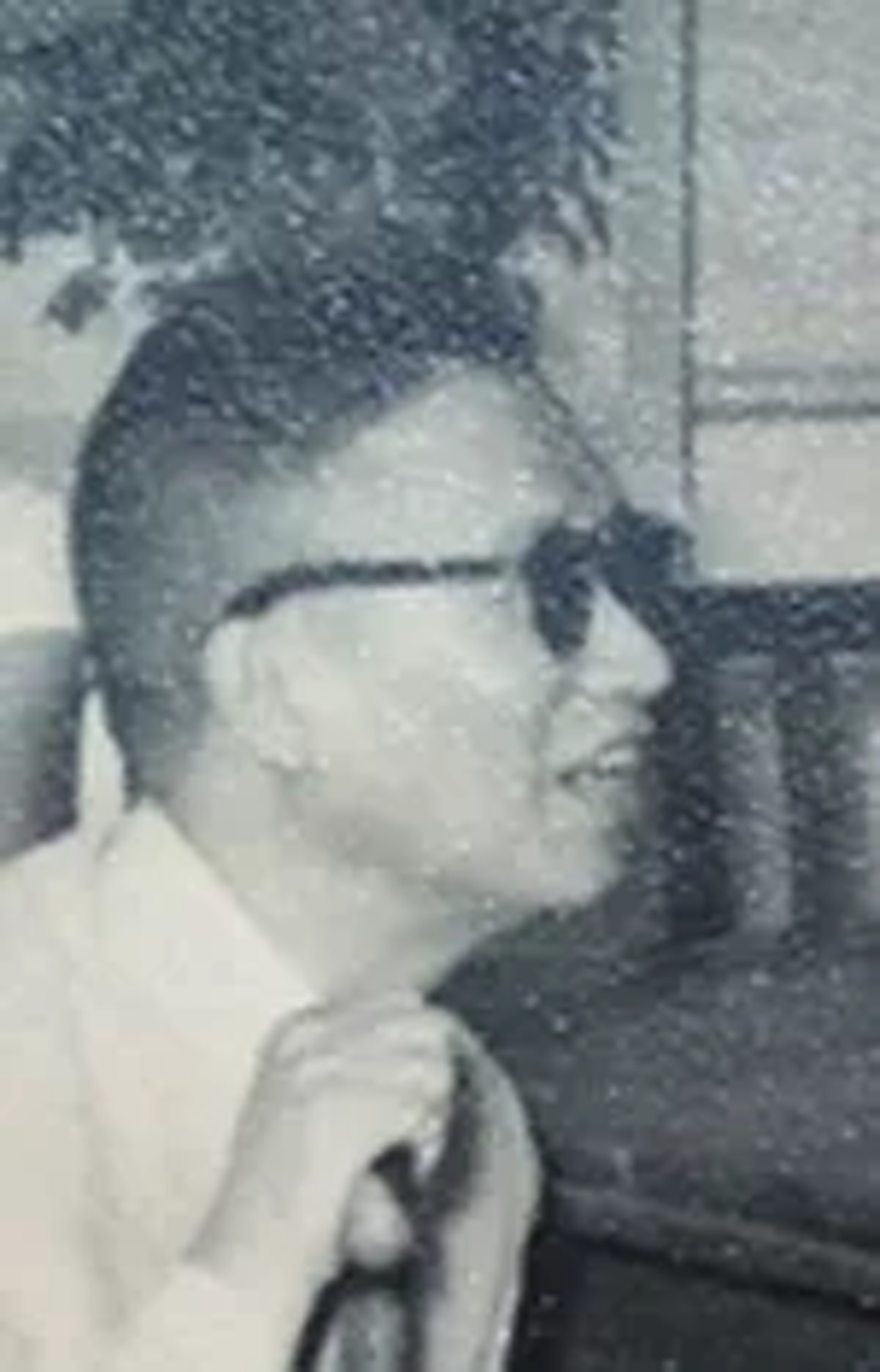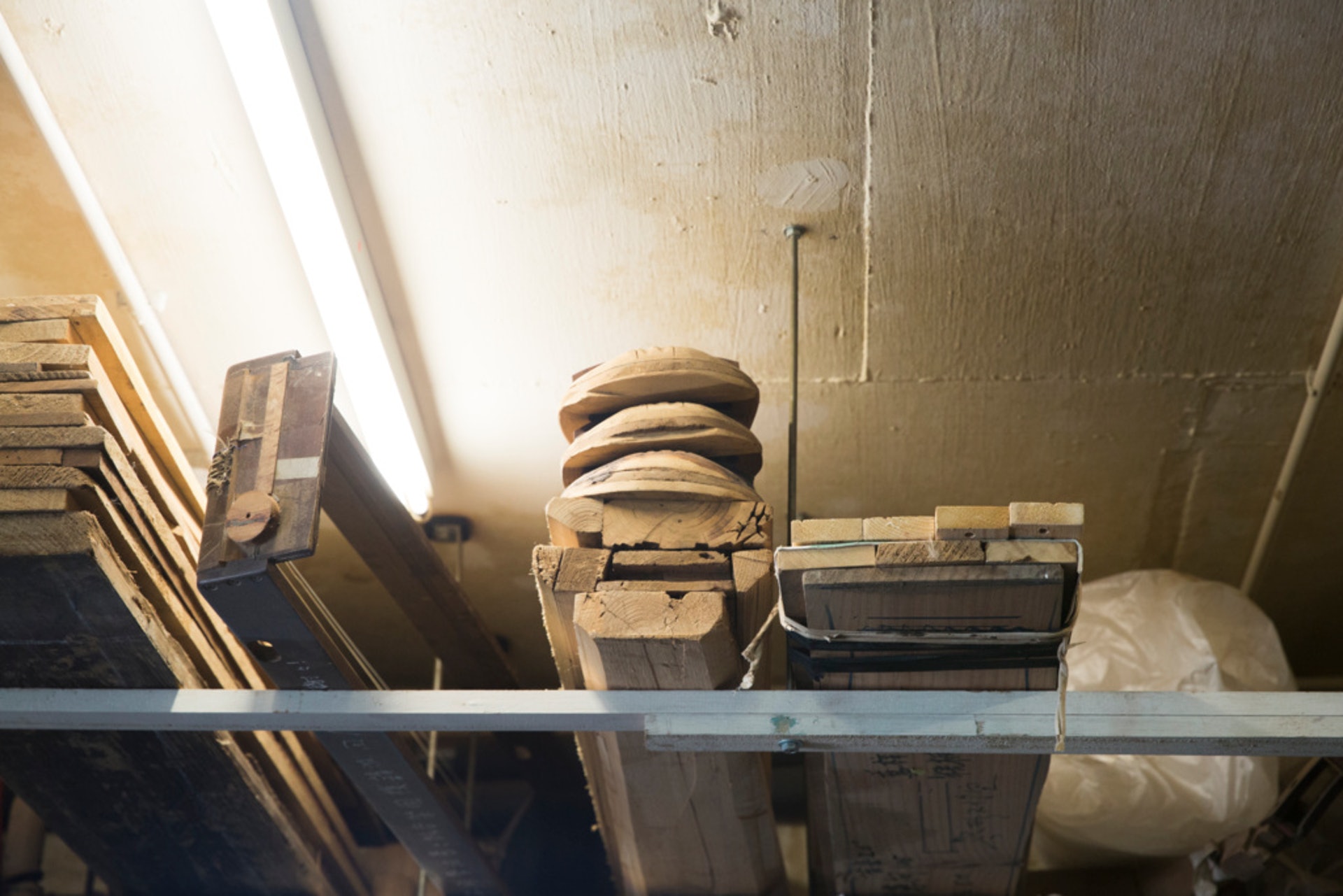STEEL TONGUE PERCUSSION DRUM
Recommended for beginner, intermediate, and advanced players. Mini Steel Tongue Percussion Drum great for rhythmic melodies. It is our smallest and most compact drum. These little ones have a big sound at a small price! It’s so easy to bring it along anywhere you go. Play it in the park, bring it over to a friends house, or take it camping. Fits in day packs for easy travel and even has its own optional padded bag for transport and storage.
Features:
Specially selected musical steel using our custom molded shape.
Sound isolating rubber feet located on the bottom of the drum so you can set it on any surface to play.
A bottom port that helps let the sound out to fill the room.
Colors:Black,White.
Each one is unique! This is a durable protective layer for your drum that adds a cool “stone” finished texture.
It produces a meditative / exotic sound. It sounds great played with Western and Eastern instruments.
Customer Reviews:
My daughter and I really love this instrument! The beautiful tones of the Mini Drum are simply angelic! We have yet to master playing it with our fingers, but the mallets allow the sounds to ring with strength and clarity. It's like listening to a harp or chimes! We love it! Thank you! (Quick delivery, too!)
Love our drum - the sound quality is awesome and the quality of the manufacturing is well worth the price paid. THANK YOU!
This drum is amazing! For such a small tank drum it delivers great resonating sound. The build quality is top of the line and the powder coat finish looks very heavy duty. You won't be disappointed with this drum. If you've been looking around for a place to order, look no further!
The drum is everything I hoped it would be. It has a lovely sound, is fun to play, and is very, very soothing.
